Understand
Nkob, also known as Nkoub, is the captivating capital village of the ancient Berber Ait Atta tribe. These brave tribe members were an integral part of the Confederation Ait Atta, spread across the provinces of Ouarzazate, Errachidia, and Azil. Their existence predates the Arab and Islamic influence in Morocco, dating back to as early as the 7th century. The Ait Atta tribe holds immense historical significance, reigning as one of the most prominent Moroccan tribes from the 15th to the 19th century. For those eager to embark on an immersive journey into the vibrant Berber culture of southern Morocco, Nkob offers an array of fascinating experiences.
Map & Climate
Popular Foods
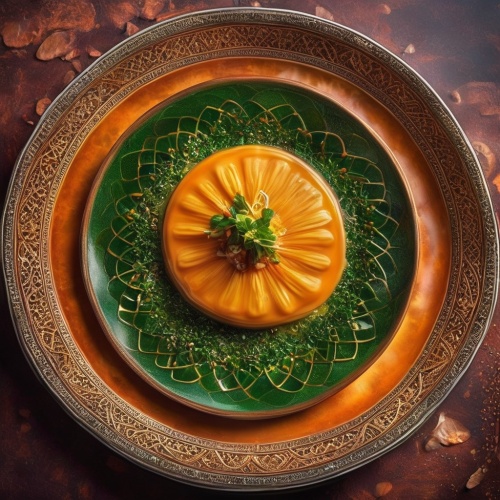 Tajine is a traditional Moroccan one-pot dish made with meat (usually chicken, lamb, or beef) or fish, vegetables, and aromatic spices, cooked together in a special clay pot called a tajinia. The dish is slow-cooked, allowing the flavors to meld and the meat to become tender. Tajine can be served with couscous or bread, depending on the region.
Tajine is a traditional Moroccan one-pot dish made with meat (usually chicken, lamb, or beef) or fish, vegetables, and aromatic spices, cooked together in a special clay pot called a tajinia. The dish is slow-cooked, allowing the flavors to meld and the meat to become tender. Tajine can be served with couscous or bread, depending on the region.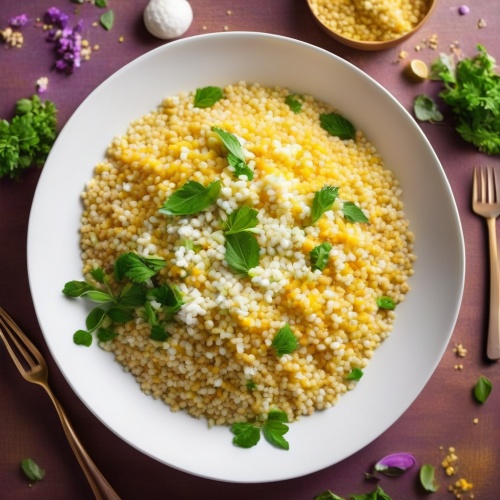 Couscous is a staple food in Moroccan cuisine, consisting of small, steamed granules of semolina wheat or other grains. It is typically served as a accompaniment to savory dishes, such as tagines, stews, or grilled meats. Couscous is often seasoned with a variety of spices, including cumin, coriander, and turmeric, and garnished with fresh herbs, such as parsley or cilantro.
Couscous is a staple food in Moroccan cuisine, consisting of small, steamed granules of semolina wheat or other grains. It is typically served as a accompaniment to savory dishes, such as tagines, stews, or grilled meats. Couscous is often seasoned with a variety of spices, including cumin, coriander, and turmeric, and garnished with fresh herbs, such as parsley or cilantro.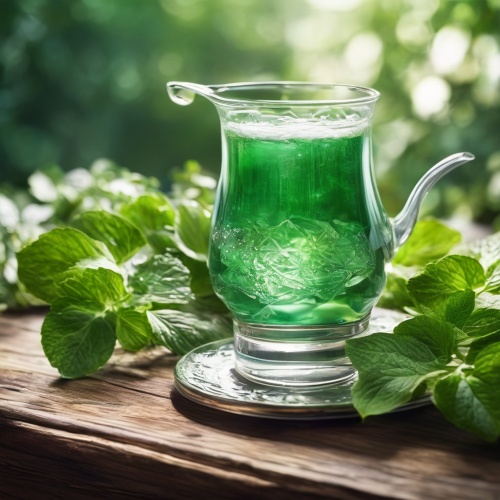 Mint tea, also known as "atay," is a popular refreshing beverage in Morocco. Made using gunpowder green tea leaves, fresh mint, and sugar, the tea is brewed and then poured ceremoniously back and forth between teacups to aerate it before serving. Mint tea is often enjoyed throughout the day and is a
Mint tea, also known as "atay," is a popular refreshing beverage in Morocco. Made using gunpowder green tea leaves, fresh mint, and sugar, the tea is brewed and then poured ceremoniously back and forth between teacups to aerate it before serving. Mint tea is often enjoyed throughout the day and is a 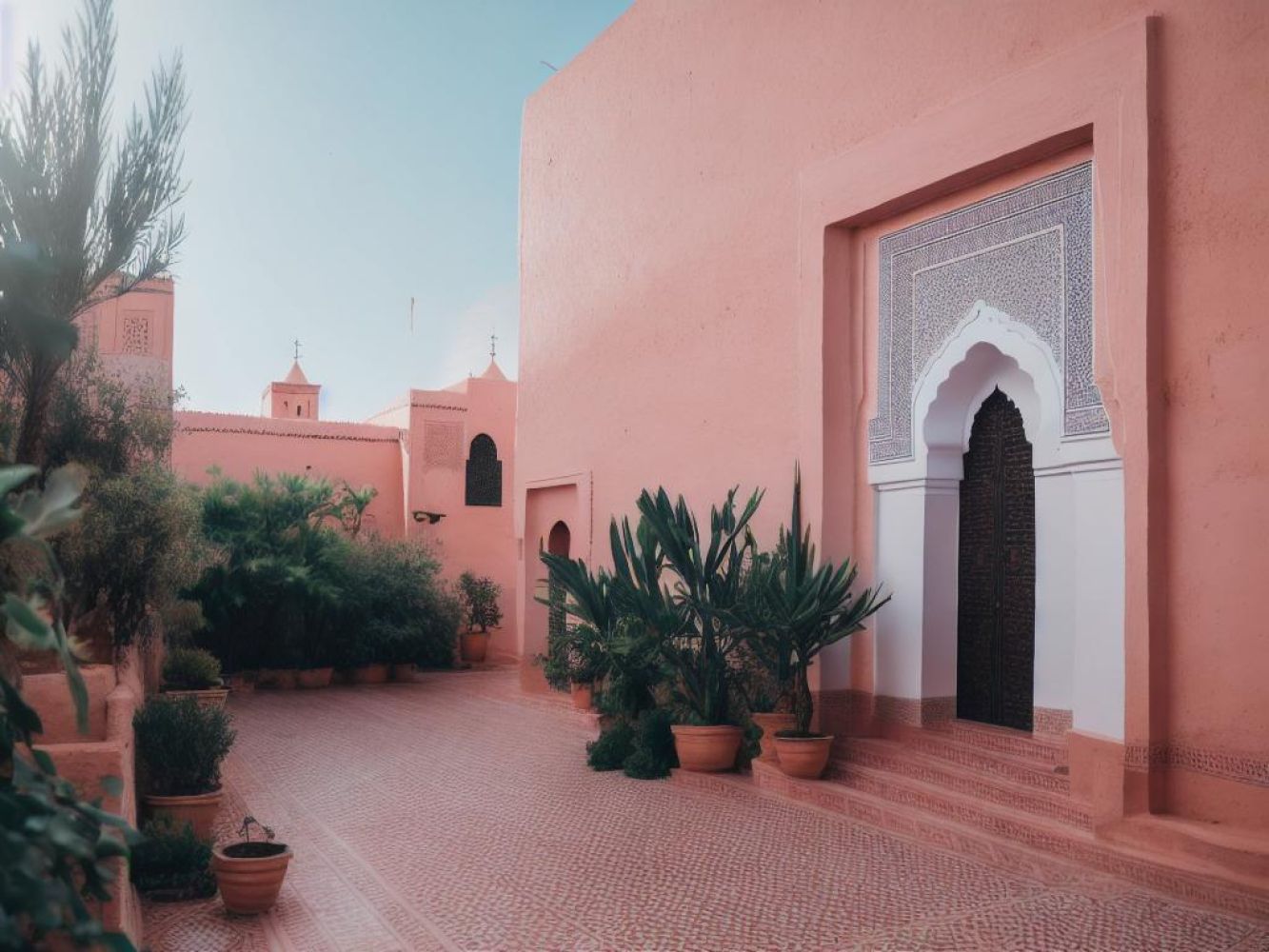
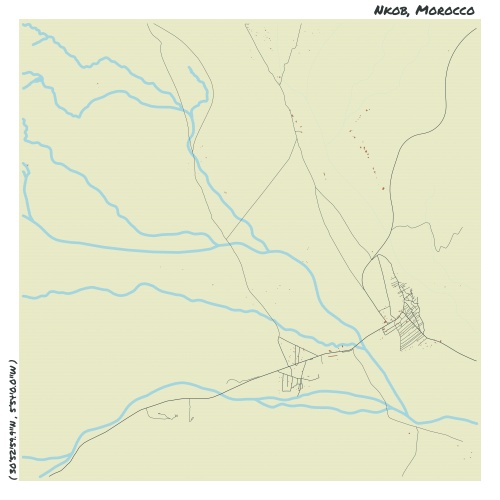
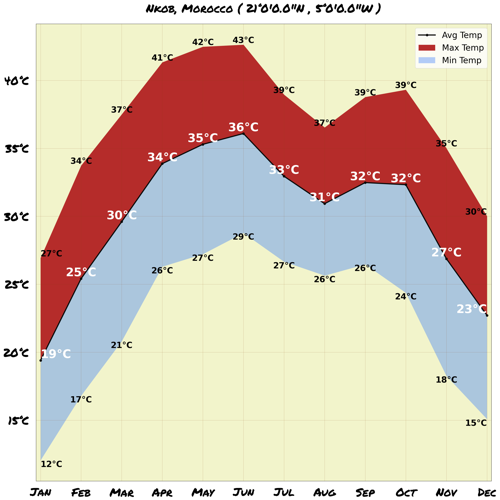

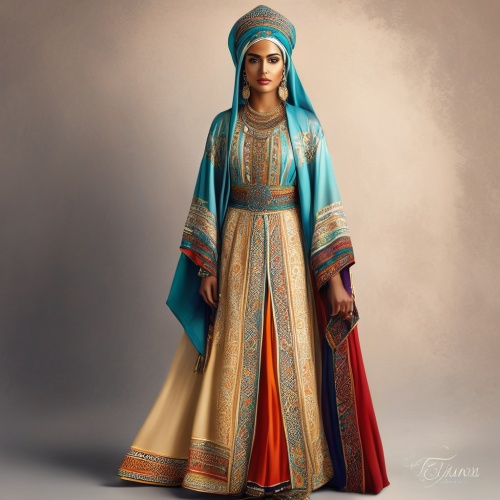
Comments
NO COMMENTS